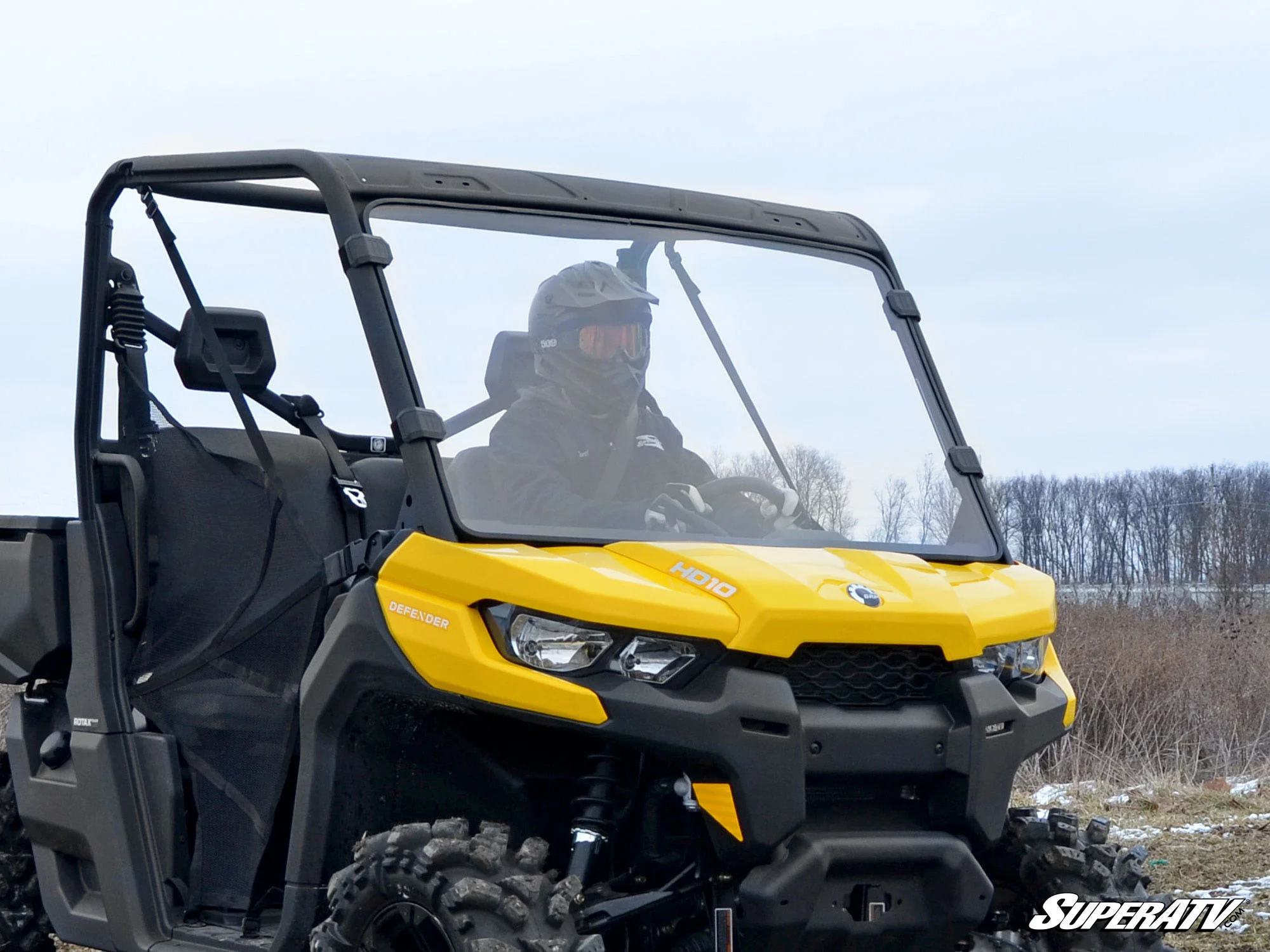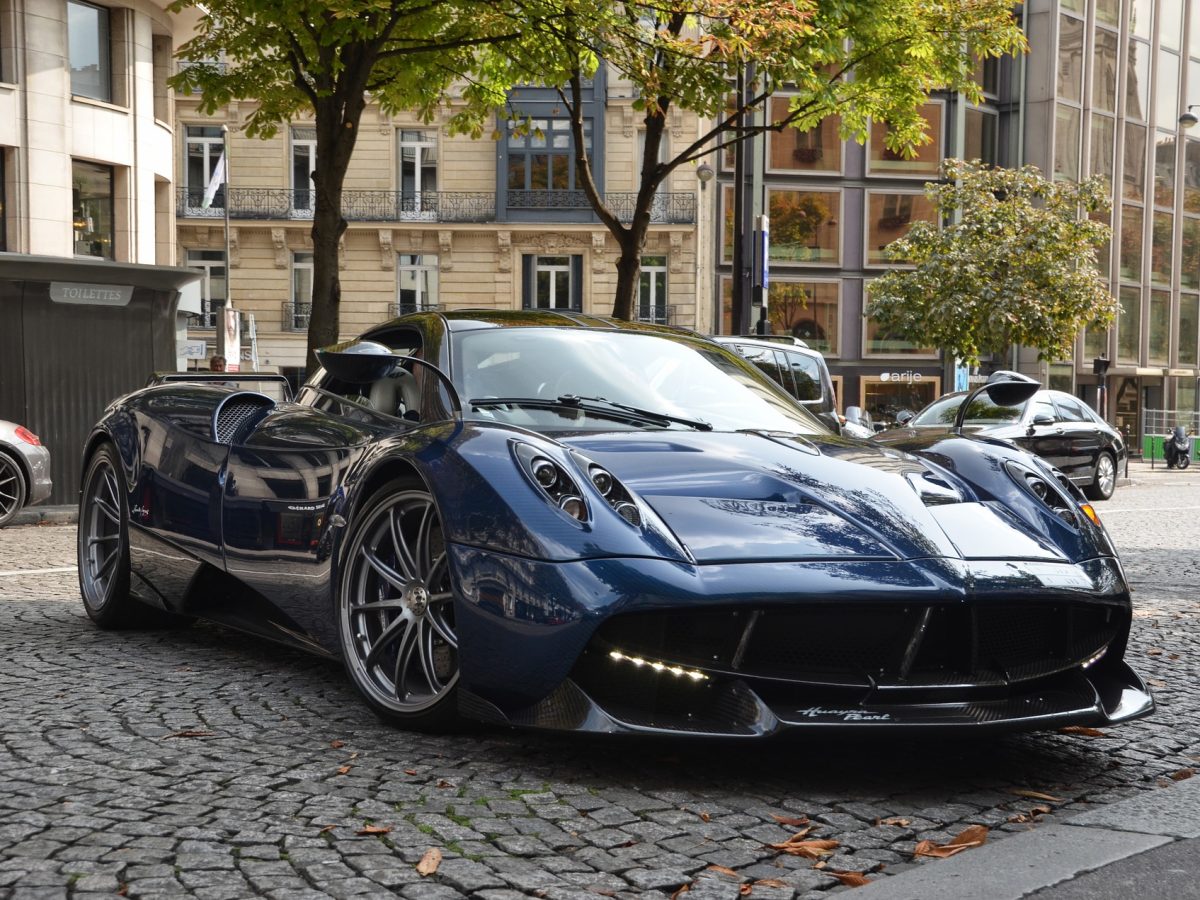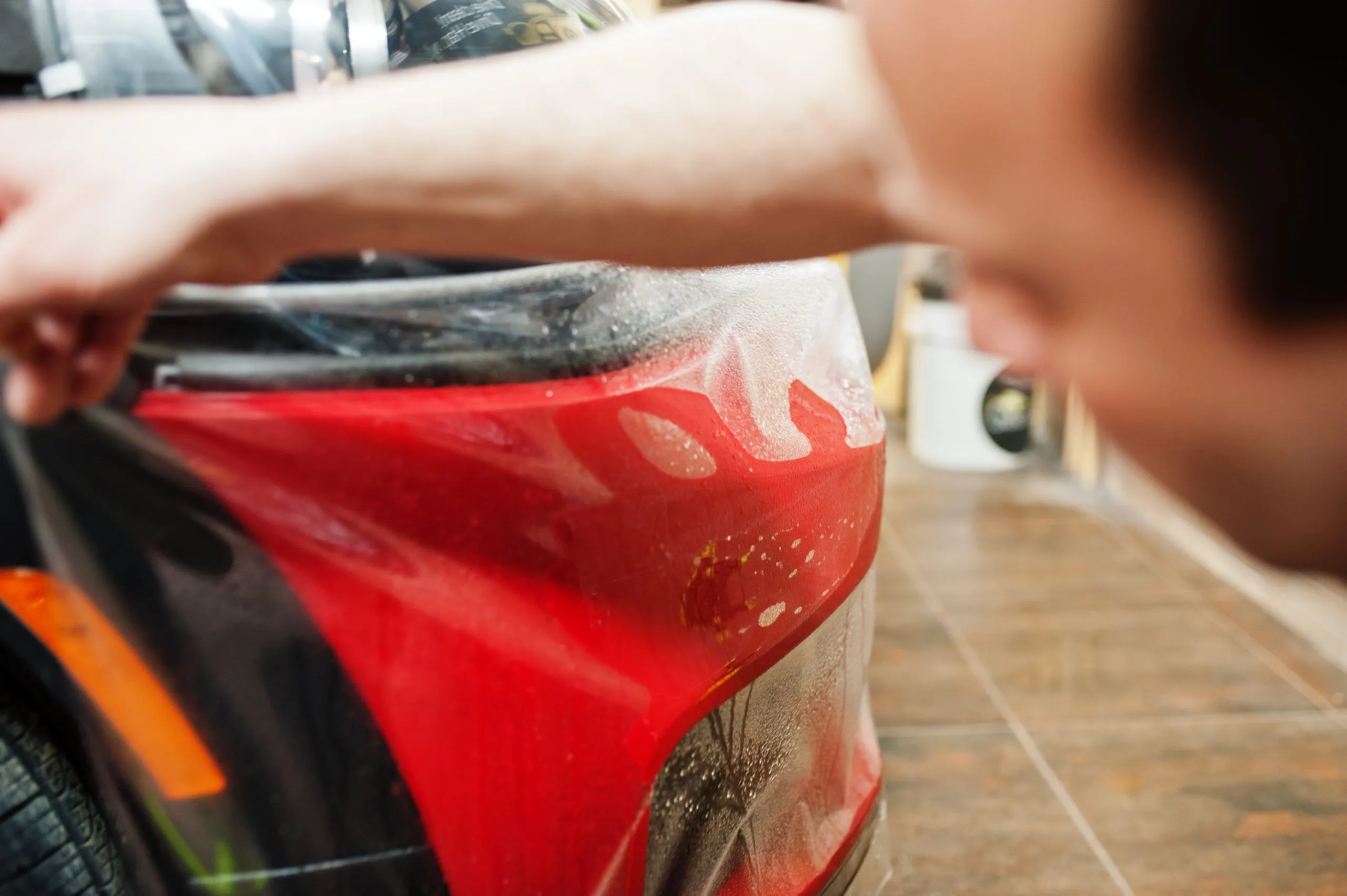If you own a side-by-side vehicle, chances are you’ve looked into Can-Am Defender windshields as one of your first upgrades.
And it makes total sense.
These machines are built to handle the elements—mud, gravel, wind, even sleet on a winter hunt—but without a solid windshield, you’ll feel every bit of that chaos on your face.
I learned that the hard way.
The Day I Regretted Not Having a Windshield
Last fall, I took my Defender up into the Sierra foothills for a weekend trail ride with a few buddies.
It started out like every other ride—gearing up, loading coolers, checking tire pressure.
Ten minutes in, a rogue rock flung off a buddy’s rear tire and smacked me square in the forehead.
No windshield, no warning, just a sore bump and a bruised ego.
That was the last trip I took without protection.
I went home, researched what to look for in quality windshields, and made the investment.
That single upgrade changed everything.
Can-Am Defender windshields aren’t just about looking good—they redefine your riding experience.
What Makes a Windshield “Premium”?
Not all windshields are created equal.
When I first started looking, I figured anything was better than nothing.
But after some trial and error (and a wasted paycheck on cheap acrylic), I learned what separates a top-tier windshield from the rest.
Material Quality
Polycarbonate is the gold standard.
It’s 250 times stronger than glass and doesn’t shatter like acrylic.
Plus, it’s flexible enough to absorb impact without cracking.
You want something that can take a beating, especially if you’re trail riding or working in unpredictable terrain.
Scratch Resistance
Look for hard-coated options.
I made the mistake of wiping mud off mine with a glove once—and instantly created a spiderweb of scratches.
The premium models come with anti-scratch coatings that hold up even after multiple washes or trail runs.
Ventilation
Riding in the summer heat? You’ll need airflow.
Many upgraded windshields now include adjustable vents or flip-up designs, so you don’t feel like you’re cooking in a greenhouse.
This was a game-changer during a 90°F ride through Mojave scrub.
Easy Install and Removal
No one wants to spend hours wrestling with bolts and brackets.
A solid windshield should install with clamps or quick-release systems.
That way, you can pop it off for cleaning or swap to a half shield when conditions change.
Use Case: Ranch Work vs. Weekend Warriors
Let’s talk real-life use.
During the week, I use my Defender to haul fencing supplies and check livestock across a dusty cattle ranch.
Without a windshield, the cab would be filled with dirt before I made it to the back gate.
On weekends, I switch gears—hitting rocky trails or towing a kayak trailer to the lake.
In both cases, the windshield keeps my visibility clear and my face clean.
Whether you’re a utility rider or adventure seeker, the value remains.
Types of Windshields You Can Choose From
Understanding the different windshield styles helps you pick the right one for your needs.
Full Windshields
Best for all-weather protection.
Great if you ride through rain, snow, or wind-blown terrain.
Downside? They can trap heat in summer without proper vents.
Half Windshields
Perfect for airflow while still shielding your torso.
They’re easier to install and ideal for riders in warm climates or casual trail use.
I use one when riding near the coast where the breeze helps more than it hurts.
Flip-Up or Fold-Down
Think of these as the Swiss Army knife of UTV windshields.
You get full protection when you need it, and ventilation when you don’t.
Ideal for unpredictable climates or long days with changing weather.
Don’t Forget About Tear-Offs
Here’s something a lot of riders overlook—tear-offs.
These transparent film layers stick to the outside of your windshield.
Once mud or debris builds up, you peel off a layer and boom—clear view again.
They’re especially helpful if you’re racing or riding in a group and catching spray.
I used tear-offs last winter while plowing snow.
Visibility was constantly changing, but instead of pulling over to clean, I just stripped off a layer and kept moving.
Does a Premium Windshield Really Justify the Cost?
Absolutely.
I used to hesitate spending a few hundred bucks on what seemed like a “luxury.”
Now, I can’t imagine riding without it.
It’s not just comfort—it’s safety, durability, and year-round usability.
You reduce wind fatigue, stay cleaner, and avoid eye-level hazards.
It’s peace of mind every time you turn the ignition.
Care and Maintenance Tips
A good windshield will last years if you treat it right.
Here’s what I’ve learned:
- Only use microfiber cloths when wiping it down.
- Avoid ammonia-based cleaners—they break down polycarbonate over time.
- Store indoors or use a cover when not in use.
A five-minute cleaning routine after every ride can keep your shield looking brand new.
Final Thoughts: Your Ride Deserves Better
If you’ve already invested in a Can-Am Defender, upgrading your windshield should be your next move.
It’s one of the most noticeable improvements you can make—not just for how it looks, but for how it performs.
Every ride becomes smoother.
Cleaner.
Safer.
And if you ride often, you’ll feel the difference from day one.
Trust me—this upgrade pays for itself the moment you dodge your first flying rock.
Let me know if you want more help choosing the right style for your terrain.
We can also explore accessories like wipers, visors, or rear panels to complete your setup.



